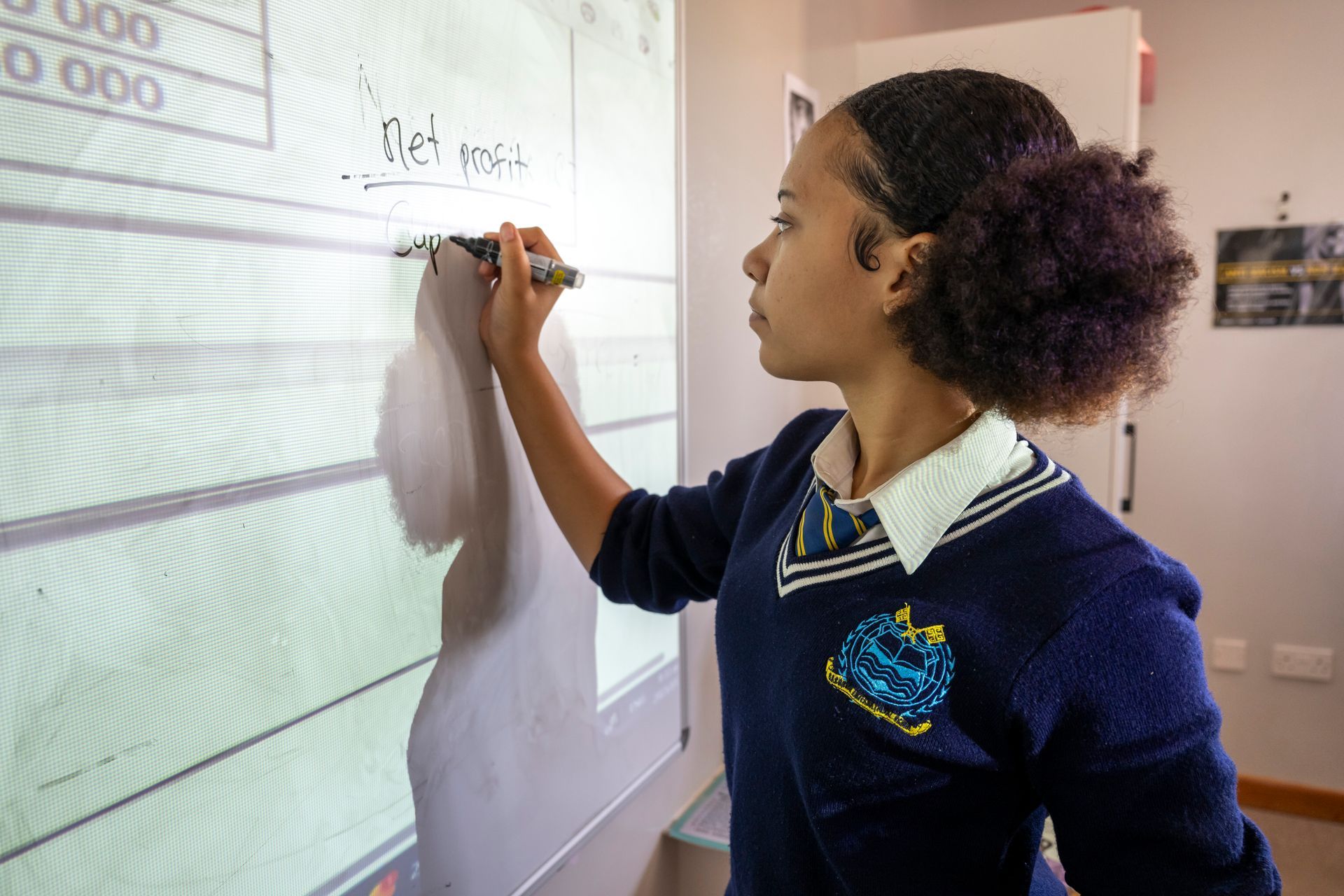Effective Homework Strategies for Preschool Families
In today's educational environment, family involvement is essential for helping preschoolers succeed and develop a positive attitude toward learning. When families actively participate in their children's education, students perform better and feel more motivated. This partnership between home and school creates a supportive atmosphere, encouraging children to embrace challenges and strive for excellence.
The Importance of Family Involvement
Family support plays a vital role in shaping learning outcomes and building young children’s confidence. Engaging in home learning promotes collaboration and strengthens understanding. When parents show interest and offer support, children feel more capable and are motivated to tackle new tasks. This fosters a growth mindset, where effort and persistence are valued.
Active family involvement also builds strong learning habits. Children with engaged parents are more likely to develop organizational skills and a love for learning, setting the stage for long-term academic success.
Creating a Conducive Learning Environment
A calm, organized space supports preschoolers’ focus and consistency. Families can help by:
- Designating a learning area that signals it's time to focus.
- Ensuring good lighting and minimizing distractions like noise or electronics.
- Organizing supplies (e.g., crayons, books) to reduce clutter.
- Establishing a routine that matches children’s natural focus times.
- Personalizing the space to give children a sense of ownership.
These strategies help children associate home learning with structure and enjoyment
Routine and Structure at Home
Consistent routines are key to effective learning. They:
- Improve focus and time management.
- Reduce stress through clear expectations.
- Support balance between learning, rest, and play.
- Create regular moments for family interaction, such as joint learning tasks or sharing progress.
- Help children internalize responsibility and manage their schedules independently.
Encouraging Independence
Helping children develop independence builds self-confidence and resilience. Parents can:
- Set clear goals and expectations.
- Prompt problem-solving through open-ended questions.
- Offer age-appropriate tools (e.g., books or visual aids).
- Adjust support based on each child’s learning style and pace.
- Celebrate small achievements to boost motivation.
A balance of guidance and autonomy prepares children for self-directed learning.
Communication with Teachers
Regular parent-teacher communication strengthens learning at home. It enables:
- Clarity about academic goals and expectations.
- Timely feedback to monitor progress and address challenges.
- Sharing of helpful resources.
- A unified support system between home and school.
These efforts create a stronger learning network around each child.
Positive Reinforcement
Motivation grows when children are encouraged in healthy ways. Strategies include:
- Praising effort and persistence.
- Using simple reward systems, like sticker charts, to make learning engaging.
- Showing excitement and interest in their progress.
Such reinforcement builds confidence without creating pressure.
Home-Based Learning at GIS Preschool
At GIS Preschool, in line with our brand ladder promise to deliver strong academic outcomes, we fully understand that learning is not confined to the classroom.
We provide age-appropriate homework to all our learners and, fortnightly, send home hands-on activities with step-by-step guides aligned to weekly themes. These not only reinforce classroom learning but also give parents a chance to actively participate in their child’s educational journey.
Each week, we receive joyful videos of children collaborating with their parents on these activities an inspiring reflection of the home-school partnership we value deeply.
Managing Challenges at Home
When learning becomes stressful, consider these tips:
- Identify triggers that cause resistance or frustration.
- Create a calm space to promote focus.
- Introduce short breaks during learning to maintain attention.
These small adjustments can reduce stress and support positive learning experiences.
Final Thoughts
Building a supportive home learning environment helps children grow into confident, independent learners. Through clear routines, regular communication, active participation, and encouragement, families lay the foundation for lifelong learning habits that extend well beyond preschool.
GIS Preschool Department



